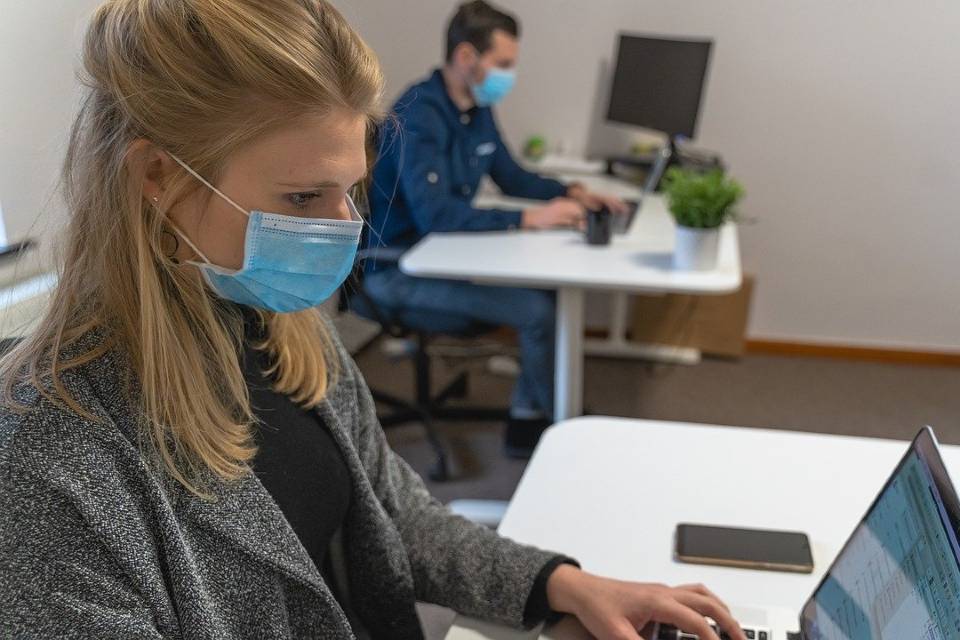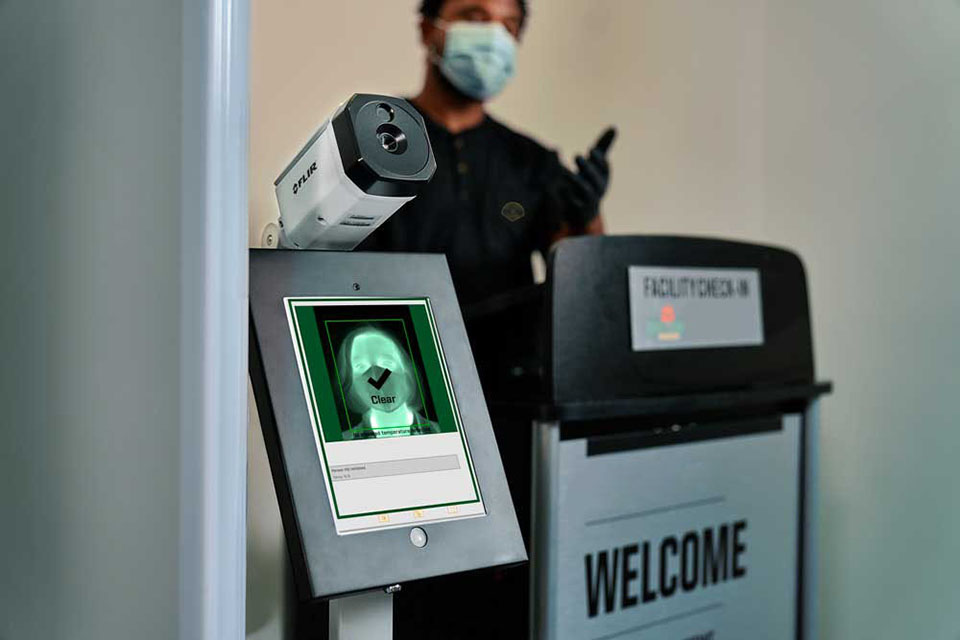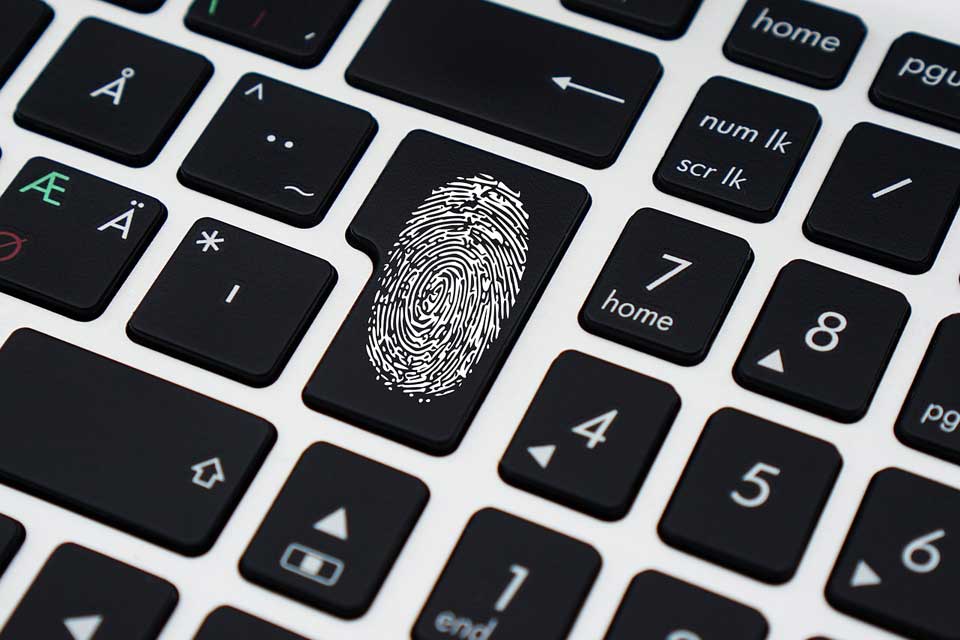Top five security predictions for 2022

With the COVID-19 pandemic continuing to put businesses and society at risk, Andy Robertson, Head of Enterprise & Cyber Security, at Fujitsu UK&I, has laid out his top five predictions for 2022… In these unprecedented times, organisations have needed to vastly adapt their security processes to the new ways of working and living. But just because the […]
Five tips to manage social distancing and limit contact with doors

Installers and specifiers are still not fully aware of the many options available to them to help manage social distancing and limit direct contact with ironmongery and doors, says the ASSA ABLOY Opening Solutions UK&I. In line with a recently updated guide from the Guild of Architectural Ironmongers and Finishes and Interior Sector, which outlines how […]
Keeping cybersecurity initiatives on track

The West Midlands Train service has come under fire after workers discovered that an email promising them a bonus payment after running trains during the pandemic was actually a phishing simulation test. Around 2,500 employees received a message which appeared to come from Julian Edwards, Managing Director of West Midlands Trains, thanking them for their hard […]
HSE doubles down on COVID spot checks

As we continue the roadmap out of lock down and more businesses re-open, the Health and Safety Executive (HSE) says it’s working with local authorities to carry out spot checks and inspections on local businesses. The reopening of the economy means that the opportunity for COVID to spread is increased substantially, so the HSE says […]
Office returns ‘feared’ by UK workers

More than half of British workers would be happy to never return to the office – due to fears of germs, a lack of social distancing and being in a room with lots of other people. A study of 1,000 employees who are currently working from home found two thirds would also feel uncomfortable about […]
‘Proven solution’ for planned vaccination passports already exists

Universal Vaccination Passport solutions will need to have both digital and physical elements or risk not being fully accessible. That’s according to Martin Ruda, Group MD at the TALL Group of Companies, following the announcement of a number of trials of domestic and international digital solutions which are mainly focussed on proprietary apps and smart […]
COVID pandemic increased the importance of physical security

75% of security and FM professionals say the COVID pandemic increased the importance of physical security in their organisations, while 60% say they either see a need for immediate cloud-based technology upgrades or are considering it in the near future. That’s according to a survey conducted by Brivo from November 2020 to January 2021 among […]
Hosted physical security adoption given ‘major boost’ by uptake in cloud

New research into the impact of COVID-19 on physical security purchasing decisions has revealed a sharp increase in the necessity/urgency for businesses to adopt hosted video surveillance (VSaaS) and access control (ACaaS) solutions. While 70% of 1000 senior decision makers in IT, security, FM and HR roles agree this to be the case, 78% also anticipate their organisations’ […]
Easy-to-deploy thermal imaging camera systems for the fight against covid-19

By FLIR Keeping workers and customers safe from COVID-19 is an important goal for industry and government agencies during this pandemic. Most have already instituted some type of protective measure, whether it’s disinfecting equipment, encouraging hand washing, requiring six feet of distance between people, or any of the other recommendations for reducing risk. These methods […]
It’s Back to Basics During Cybersecurity Awareness Month

By Jonathan Couch, SVP of Strategy at ThreatQuotient This month marks the 17th year of Cyber Security Awareness Month, which focuses on helping provide individuals with resources they need to stay safer and more secure online. The COVID crisis brings added cybersecurity challenges, particularly on the “home front,” but also more opportunities for those of us who are security professionals to help […]

